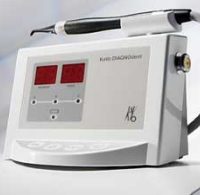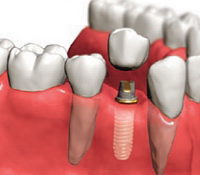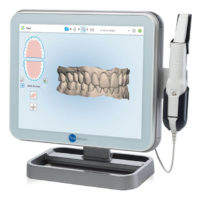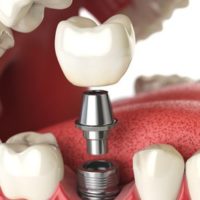Plaque and bacteria tend to build up in the places you can’t reach, like under your gum line and in-between teeth. This is why it is so important to floss because flossing can reach all the places your toothbrush can’t. Many individuals fail to floss because they are unsure of how to do it or think it is too much work. There is no need to worry, here is a guide on how to properly and effectively floss your teeth.
Types of Floss
- Nylon floss (multifilament)- Nylon floss comes waxed or unwaxed. This floss is made up of tiny strands of nylon, which can cause shredding, mainly by teeth with little to no space in-between.
- PTFE floss (monofilament)- PTFE floss slides between teeth, without ever shredding, however it is more expensive.
Both types of floss can remove plaque and debris efficiently.
How to Floss
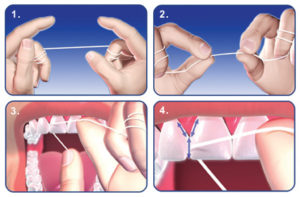
- Start with about 18 inches of floss and wrap most of the floss around each middle finger, leaving an inch or two of floss to work with.
- Hold the floss tightly between your thumbs and index fingers and slide it up-and-down between your teeth.
- Curve the floss around the base of each tooth and make sure you go beneath the gum line.
- Use clean sections of floss as you move from tooth to tooth.
If loose floss is too difficult to use, consider trying one-time hand-held flossers to easily reach where your fingers can’t.
What to Expect
If you are new to flossing, you may see some blood in your gums. This is normal when your gums are not used to being poked at. If your gums continue to bleed after your start flossing regularly, you may want to check with your dentist to see if you show signs of periodontal disease (or gum disease).


